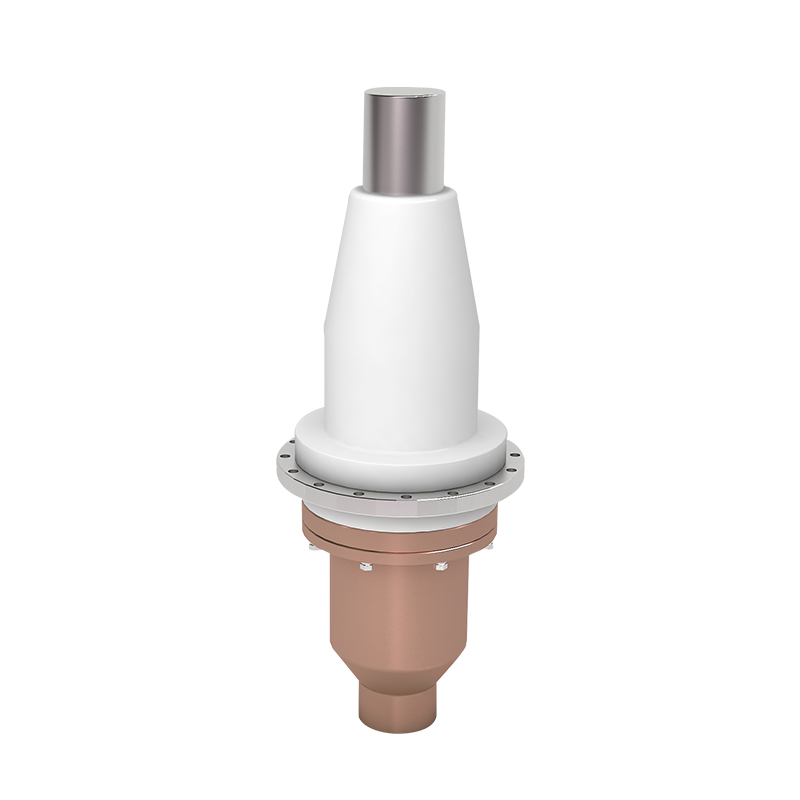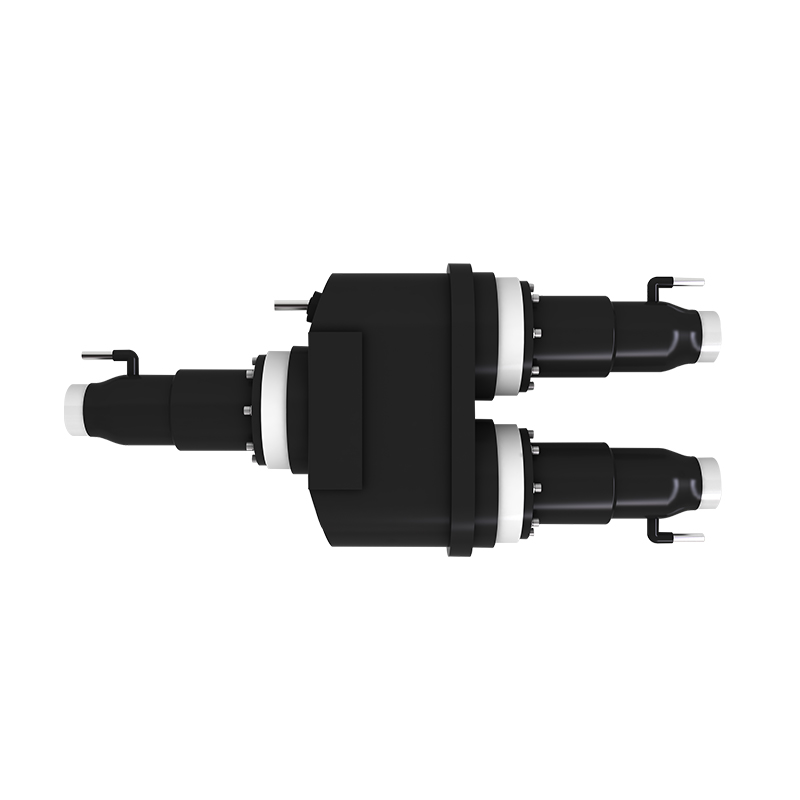Understanding High Voltage Cables: Structure and Functionality
Supply Splicehv Cable Lug in China
High voltage cables are critical components in the transmission of electrical power across vast distances. These cables are designed to carry voltages ranging from 35 kV to over 765 kV, making them essential for efficient power distribution in both industrial and commercial applications. The primary function of high voltage cables is to transport electricity from power generation facilities to substations and ultimately to consumers, ensuring a reliable supply of energy. Understanding the working principle and structural composition of high voltage cables is crucial for appreciating their role in modern electrical systems.
The working principle of high voltage cables revolves around the transmission of electrical energy through conductors while maintaining safety and efficiency. When electricity is generated, it is often at a lower voltage. To minimize energy loss during transmission, the voltage is increased using transformers. This increase in voltage allows for the efficient transport of electricity over long distances, as higher voltages reduce the current flowing through the cables. Consequently, this reduction in current minimizes resistive losses, which can significantly impact the overall efficiency of the power transmission system. High voltage cables are designed to handle these elevated voltages while ensuring that the insulation and protective layers effectively contain the electrical energy within the cable.
The structure of high voltage cables is complex and consists of several key components that work together to ensure safe and efficient operation. At the core of the cable is the conductor, typically made from copper or aluminum, which is responsible for carrying the electrical current. The choice of material is crucial, as it affects the cable's conductivity and overall performance. Surrounding the conductor is the insulation layer, which is vital for preventing electrical leakage and ensuring safety. This insulation is often made from materials such as cross-linked polyethylene (XLPE) or ethylene propylene rubber (EPR), both of which provide excellent dielectric properties and can withstand high voltages.
In addition to the insulation layer, high voltage cables also feature a semiconducting layer that helps manage electrical stress. This layer is essential for maintaining the integrity of the insulation, especially at high voltages. It ensures a gradual transition of the electric field, reducing the risk of insulation breakdown. The semiconducting layer is particularly important in cables operating at voltages above 2,000 volts, where the risk of electrical stress is significantly heightened.
Another critical component of high voltage cables is the shielding layer, which serves to protect the cable from external electromagnetic interference and mechanical damage. This layer is typically made from metallic materials, such as copper or aluminum, and is designed to contain the electric field within the cable, preventing it from affecting nearby equipment or structures. The shielding also plays a role in grounding the cable, which is essential for safety in the event of a fault.
Finally, the outer protective sheath encases the entire assembly, providing additional protection against environmental factors such as moisture, chemicals, and physical abrasion. This sheath is typically made from durable materials that can withstand harsh conditions, ensuring the longevity and reliability of the high voltage cable.
The installation and maintenance of high voltage cables require careful consideration of various factors, including the environment in which they will be used. For instance, cables installed underground must be designed to withstand soil pressure and moisture, while those used in overhead lines must be able to endure wind and temperature fluctuations. Regular inspections and maintenance are essential to ensure that high voltage cables remain in optimal condition, as any degradation in insulation or structural integrity can lead to significant safety hazards.
In conclusion, high voltage cables are vital for the efficient transmission of electrical power across long distances. Their design incorporates multiple layers, including conductors, insulation, semiconducting layers, shielding, and protective sheaths, all working together to ensure safe and reliable operation. Understanding the working principles and structural components of high voltage cables is essential for anyone involved in the electrical industry, as these cables play a crucial role in powering our modern world. As technology continues to advance, the development of high voltage cables will evolve, further enhancing their performance and reliability in the face of growing energy demands.
Recommended Products
The variety of models, to meet the development needs of various regions in the world.
-
Add: No. 508, Dongye Road, Dongjing Town, Songjiang District, Shanghai
-
Tel: +86-13757652508
-
E-mail: [email protected]
 English
English 中文简体
中文简体 русский
русский Español
Español عربى
عربى










